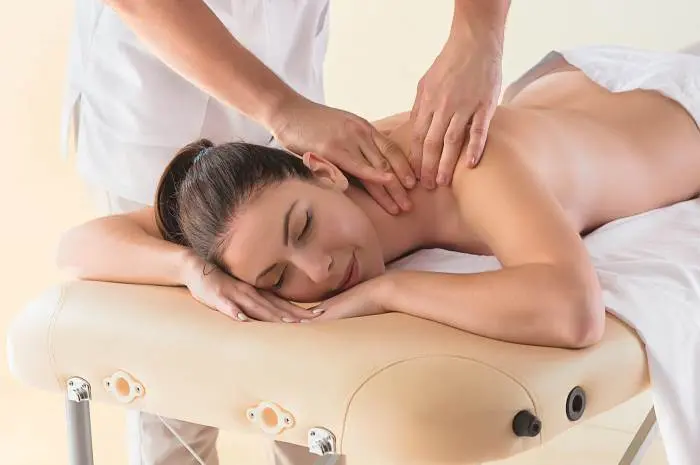Massage therapy is defined as the manipulation of soft tissues in the body, encompassing a range of techniques that aim to enhance physical, psychological, and emotional well-being. It offers a holistic approach to healing, addressing not only the physical body but also the mind and spirit.
Through various methods, massage therapy can relieve tension, improve circulation, reduce pain, and promote relaxation, making it a valuable tool for many individuals seeking relief and rejuvenation.
The Massage Experience
During a typical massage session, clients are comfortably positioned on a massage table or chair, often equipped with a horseshoe-shaped head support. This design allows for proper neck positioning and facilitates easy breathing, especially when the client is lying face down.
The ambiance of a massage environment—complete with soft lighting, calming scents, and soothing music—contributes significantly to the overall experience, creating a sanctuary for relaxation.
Types of Massage Therapy
There are over 80 recognized types of massage, each catering to specific needs and preferences. The rise in the popularity of massage therapy is largely attributed to client demand and the perceived clinical effectiveness of these techniques. Here are some of the most common types:
1. Swedish Massage
Swedish massage is perhaps the most recognized form of massage therapy, often referred to as relaxation massage. This technique emphasizes long, smooth strokes, kneading, and gentle movements designed to promote relaxation and reduce tension.
Benefits:
- Relieves muscle tension
- Enhances circulation
- Promotes overall relaxation and stress relief
A typical Swedish massage session focuses on soothing the client, making it ideal for those looking to unwind and alleviate stress after a long day.
2. Heated Stone Massage
Heated stone massage combines traditional Swedish massage techniques with the therapeutic use of heated stones. The massage therapist places smooth, heated stones on various parts of the body, including the back, abdomen, neck, and even between the toes.
Benefits:
- Deepens relaxation by providing warmth
- Eases muscle stiffness and tension
- Enhances circulation through the heat
This type of massage is particularly beneficial for individuals who experience chronic tension or stress, as the warmth of the stones promotes deeper muscle relaxation.
3. Sports Massage
Designed specifically for athletes and active individuals, sports massage focuses on the needs of those involved in physical activity. However, it is not limited to professional athletes; anyone who engages in regular exercise can benefit.
Benefits:
- Reduces muscle soreness and fatigue
- Increases flexibility and range of motion
- Aids in injury prevention and recovery
Sports massage utilizes a combination of techniques, often incorporating faster movements compared to Swedish massage, to address specific muscle groups and enhance athletic performance.
Massage therapy is a powerful tool that offers a variety of benefits for both physical and mental health. Whether you’re seeking relaxation, relief from muscle tension, or support for athletic performance, understanding the different types of massage available can help you choose the right therapy for your needs.
By incorporating massage therapy into your wellness routine, you can enhance your overall quality of life and promote a deeper connection between your mind, body, and spirit.







